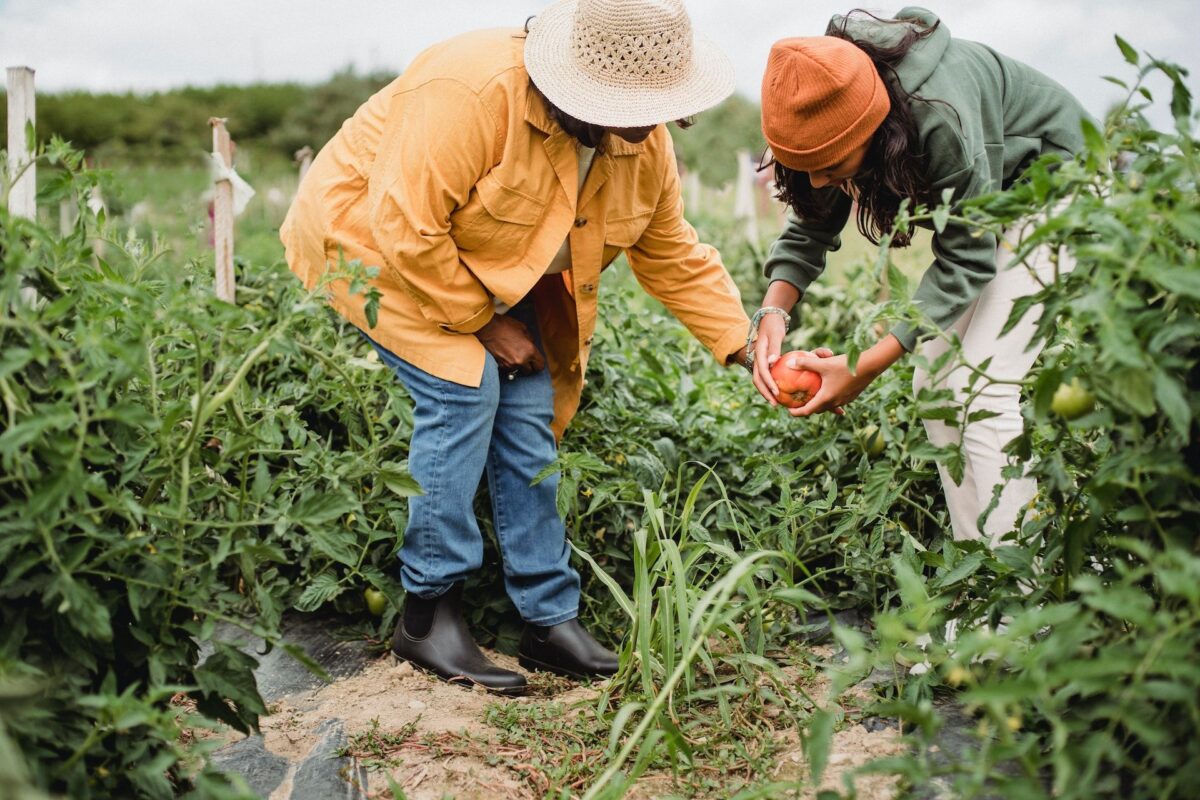There is a unique satisfaction in cultivating and preserving our own crops, serving as a reminder that the convenience of supermarkets falls short of its promises. After dedicating our time and effort throughout spring and summer to grow our own food, it would be a shame not to fully utilize the harvest.
However, handling the abundance of summer crops can be quite challenging as they all seem to ripen simultaneously.
During the peak of summer, it is advisable to inspect garden plants every other day to identify what needs to be harvested. Remember that the smaller versions of fully ripe fruits and vegetables often offer the best taste and nutrition.
Once you gather the bounty, choose a storage and preservation method that suits your time constraints. If you find yourself with a free Saturday morning after harvesting, you might consider trying your hand at smoking chipotles or making pickles and chutney. On a busy weeknight, though, it may be more practical to preserve the produce by freezing it. And, of course, relish in the pleasure of consuming as many succulent, ripe, garden-fresh gems packed with optimal nutrition as possible—while they are still available!
Tomatoes
HARVESTING: Different tomato varieties ripen at different rates. Some types ripen all at once, while others, like cherry tomatoes, continue to bear fruit throughout the season. Check your plants every few days or daily during the peak of harvest, picking the ripe ones as you spot them. Leaving a short stem attached to the tomatoes will help extend their freshness.
STORE: Fresh tomatoes are best stored at room temperature and should never be refrigerated. Keep them away from other fruits, such as bananas, as they can hasten ripening. Tomatoes can last for a few days under proper storage conditions. If you come across any tomatoes with damaged skin, it’s best to consume them promptly.
PRESERVE: Small tomatoes can be frozen whole by placing them on a parchment paper-lined tray. Once frozen solid, transfer them to freezer containers, removing excess air, and freeze for up to a year. These tomatoes can be cooked directly from frozen.
Another delightful preservation method is oven-roasting tomatoes with herbs, olive oil, salt, and pepper until they become completely soft. Allow them to cool, then scoop the mixture into jars and store in the freezer for up to a year. This roasted tomato base is perfect for sauces, soups, chicken cacciatore, chili, and various other dishes.
To dry tomatoes, cut them in half and place them skin-side down on fine-meshed wire racks set on trays. Sprinkle a bit of salt over the tomatoes. Put them in an oven heated to the lowest temperature with the door slightly ajar. Dry for 6 to 12 hours, depending on their size, until the tomatoes turn leathery. Let them cool in the oven before transferring them to jars. After a week, check for any condensation. If present, dry the tomatoes in the oven a bit longer. In warm…
